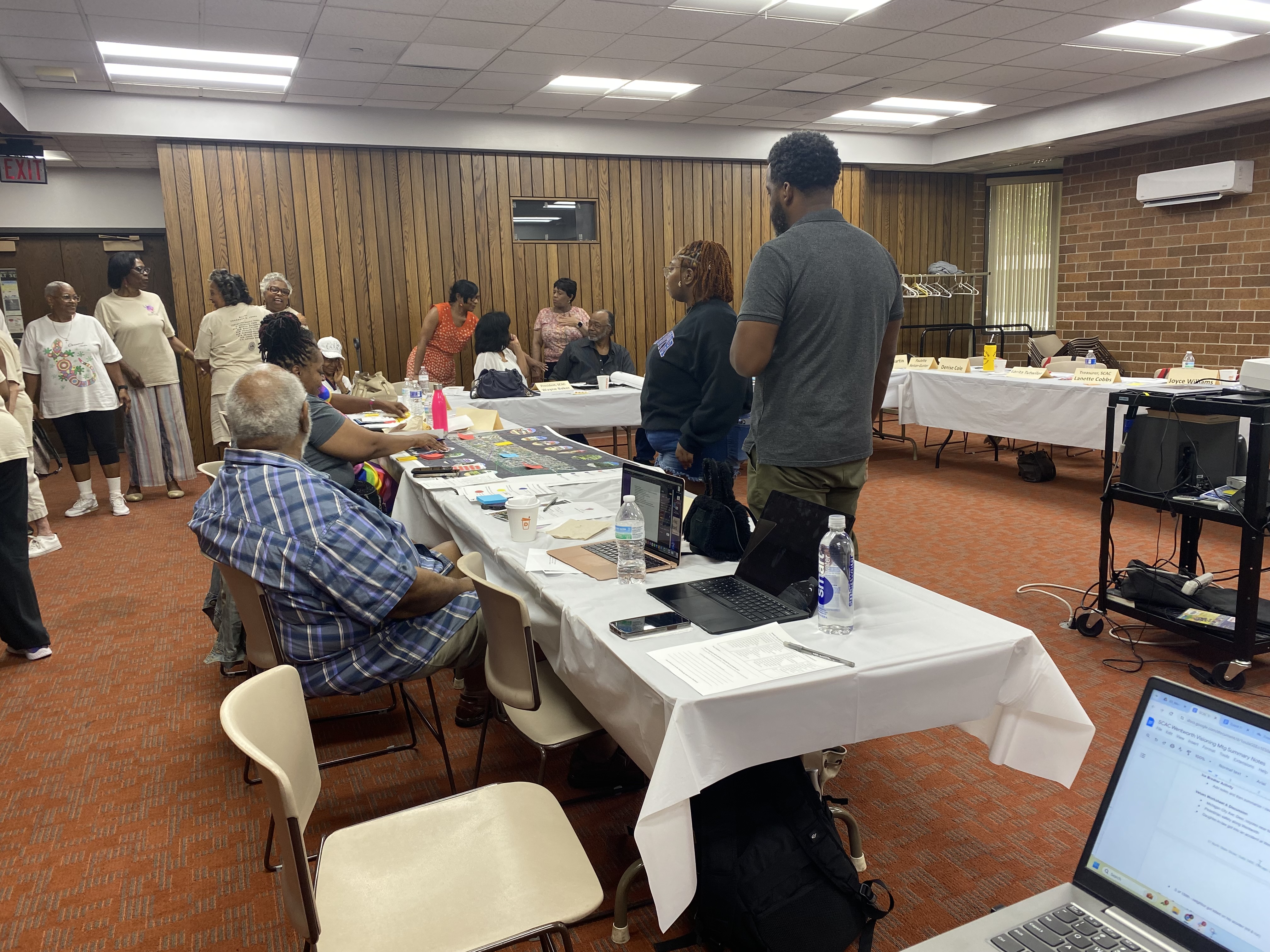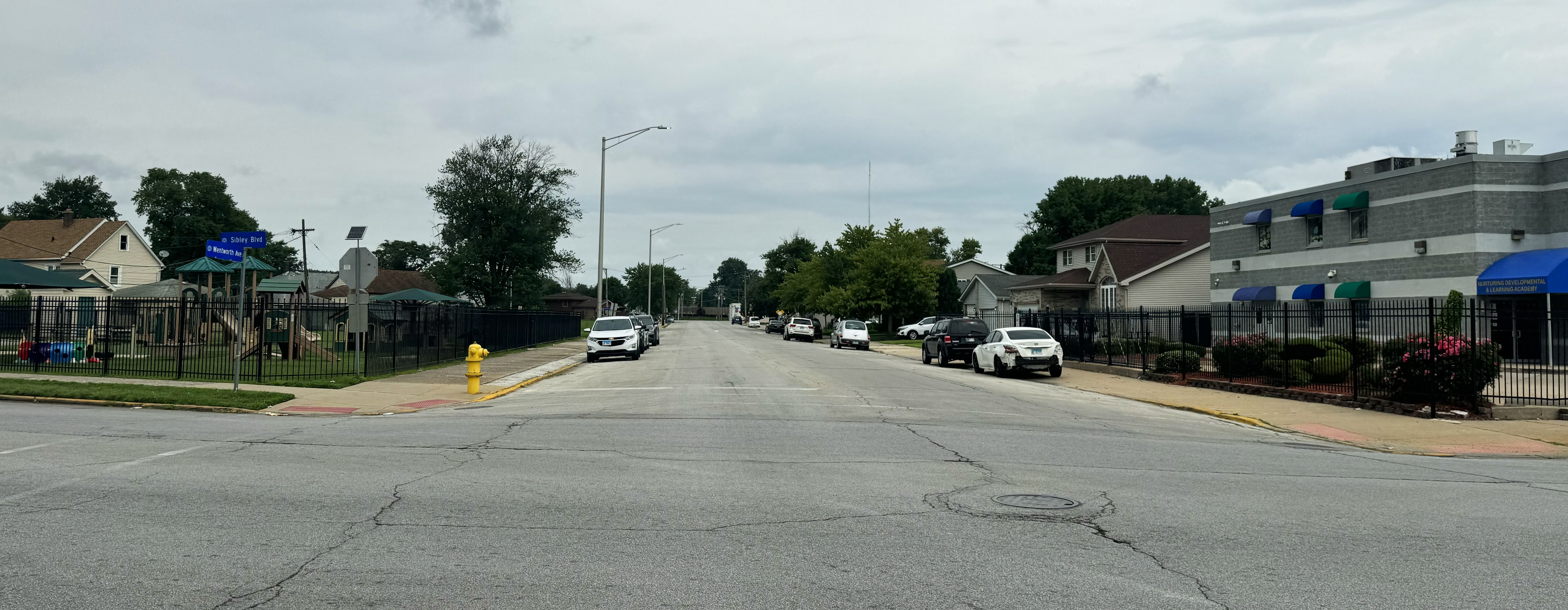How Calumet City made green infrastructure a reality

The challenge? Chronic flooding and outdated stormwater infrastructure
Like many south suburban communities along the Little Calumet River, Calumet City faces a perfect storm of challenges. Low-lying geography, aging infrastructure and climate change combine to create frequent flooding that turns streets into rivers and regularly fills basements. For residents, seeing their neighborhood bear the brunt of overwhelmed systems and decades of disinvestment has become all too common.
Comprehensive flood solutions would require billions in investment. Green infrastructure is a cost-effective first step — one that can build momentum and pave the way for larger improvements. In 2016, Cook County and the Center for Neighborhood Technology (CNT) helped communities develop RainReady plans to explore green strategies. In 2022, Cook County launched the $6 million RainReady Calumet program to turn these plans into action and spark future investments.
A partnership guided by the community
When Greenprint and CNT approached Calumet City to join the program, they led with a community-centered philosophy: residents aren’t just stakeholders — they’re the true experts of their neighborhood experience.
“Community members bring the expertise about what their neighborhood needs,” said Sydney VanKuren, director of planning at Greenprint. “Our role is to provide technical knowledge and help articulate trade-offs so residents can make informed decisions.”
Calumet City recommended that Greenprint work with its Senior Advisory Council, which became the core steering committee guiding project decisions. To support meaningful participation, program partners secured funding to compensate residents for their time and clearly outlined the program’s opportunities and constraints — a crucial step that signaled respect for residents’ contributions.
Over the course of a year, Greenprint and the steering committee built a strong partnership through ongoing communication and shared decision-making. It became a true collaboration between two groups of experts working side by side to create something lasting and expandable — something neither could have achieved alone.
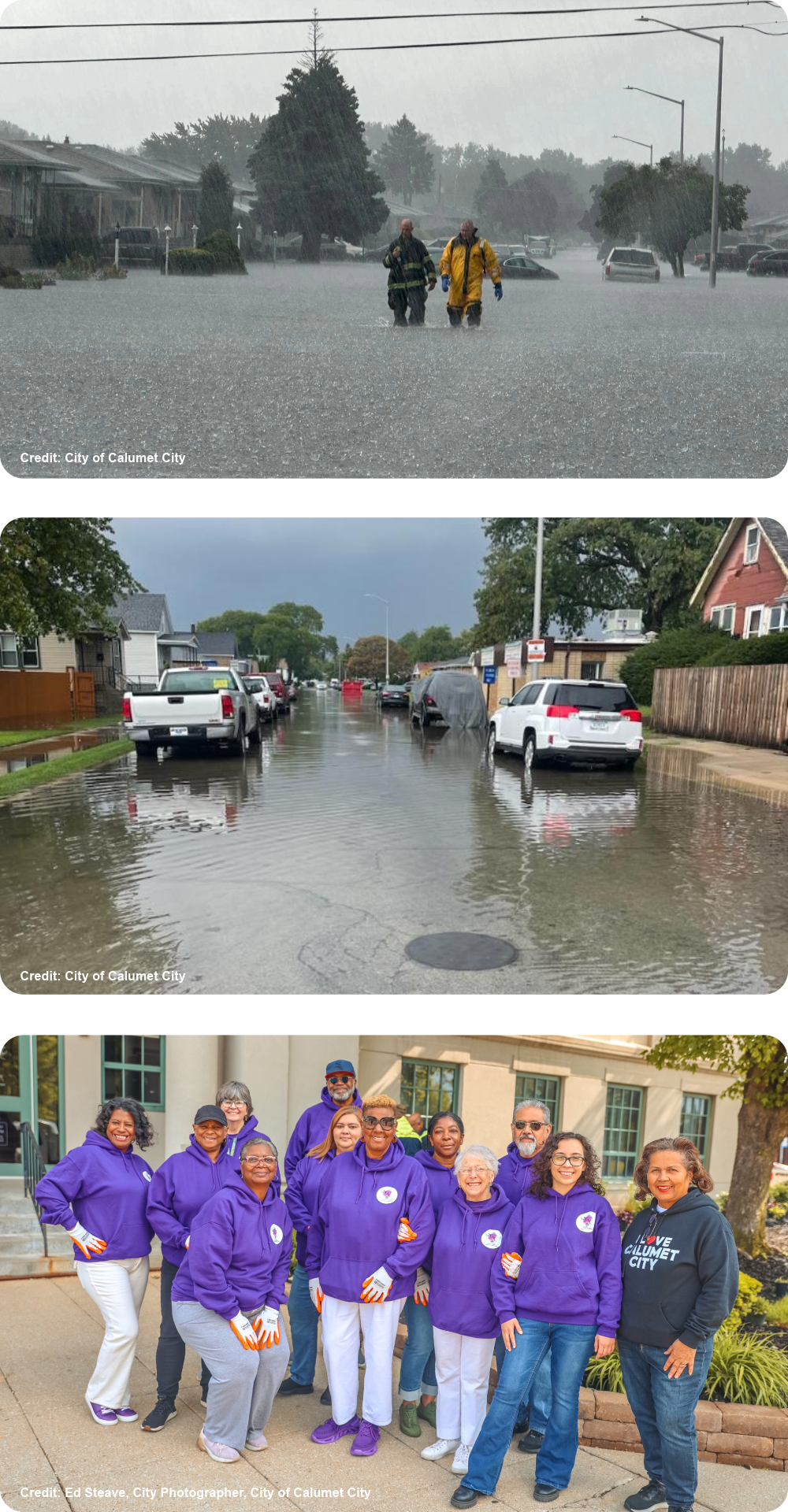
Building trust before making plans
The goals for the engagement process were clear: understand the community’s priorities and goals for the program through genuine partnership built on trust from day one.
Greenprint introduced various green infrastructure options to the steering committee and listened closely to what mattered most to residents. Five key priorities emerged: beautification, neighborhood pride, gathering spaces, health benefits and public ownership to ensure access for all.
Building on this feedback, Greenprint developed a matrix showing how different projects aligned with community values and technical feasibility. Residents shared critical insights about flood-prone areas, traffic flow patterns and popular gathering spots — information that is uniquely held by the community.
“This is where we really saw the power of collaborative expertise,” said Lucy Kopchak, project engineer at Greenprint. “The community knew things that we didn’t, which was extremely valuable in evaluating a project’s impact.”
When residents voted for their top priorities, stormwater bumpouts along Wentworth Avenue and a green alley project tied for first place. Rather than forcing a choice, the program found creative funding solutions: gap funding for the alley through the city’s existing green alleys program and full funding for the Wentworth bumpouts. This approach honored both priorities while expanding green infrastructure across multiple sites.
“This collaboration captured the essence of how green infrastructure can succeed,” said Sydney VanKuren. “The community owned the process, and we found creative ways to make their priorities work within existing programs and funding.”
Finding the perfect location
While the steering committee identified the general area where stormwater bumpouts would help, the city engineer recommended a specific intersection: Sibley and Wentworth. Community input proved crucial in confirming this location’s importance.
Flood maps showed chronic pooling, but local context revealed the full picture: a daycare on the corner with daily crossings by young children, frequent traffic incidents and a car crash that once destroyed part of the daycare’s fence.
The site perfectly aligned with community priorities for beautification at a highly visible intersection, municipal goals for traffic calming, and technical feasibility for managing stormwater — proving that local input is essential beyond technical data alone.
“This intersection has been problematic for a long time,” said Matt Buerger, city engineer of Calumet City. “It’s been rewarding to be able to work together to come up with a solution that the community is proud to support and will continue benefitting from for years to come.”
Collaborative design in action
Once the site was chosen, Greenprint engineers worked closely with the city engineer and the steering committee to ensure the design reflected community priorities. Even daycare students joined the process, voting for their favorite colors — pink and purple — for landscaping elements, embedding community ownership at every level.
Construction is expected to begin fall 2025, and the project has already sparked conversations about additional improvements along the Wentworth corridor. Most notably, it inspired the Wentworth Avenue Corridor Green Vision Plan, where Greenprint continued its collaboration with the steering committee to outline potential strategies for a more beautiful, walkable, thriving and flood-free Wentworth Avenue.
.png)
In gap funding secured for green alley project
Community events and meetings to gather input
Steering committee members guiding decisions
Gallons captured at Sibley and Wentworth intersection
Continued momentum for a greener Calumet City
This work offers clear lessons for urban planning projects across the country:
- Trust builds through ongoing, authentic relationships. Meaningful engagement requires sustained commitment, not one-time consultations.
- Paying residents signals their contributions are valued and necessary. Compensation acknowledges the expertise and time community members bring to the process.
- The best results emerge when community priorities and technical expertise truly integrate. Neither alone produces optimal outcomes.
- Residents didn’t just advise — they shaped the engagement process itself. True collaboration means communities help design how decisions get made.
Individual green infrastructure projects may seem small, but together they have the potential to reduce flooding across entire areas. Calumet City has committed to expanding this work, building on the momentum and relationships generated through this process. The city was recently awarded a grant to install additional stormwater bumpouts along Wentworth Avenue, modeled after those being built at Sibley Boulevard through RainReady.
“Green infrastructure works best when it’s part of a connected system,” said Lucy Kopchak. “Individual projects have the potential to create a domino effect — each one builds community support and technical capacity for the next. When you start linking these projects together, you’re not just managing stormwater at one site, you’re creating resilience across entire neighborhoods.”
As the Sibley Boulevard project moves toward construction, lessons from Calumet City are already being applied through similar approaches in Blue Island, Calumet Park, Dolton, Riverdale and Robbins. Each community is developing priority projects through collaborative, resident-led processes.
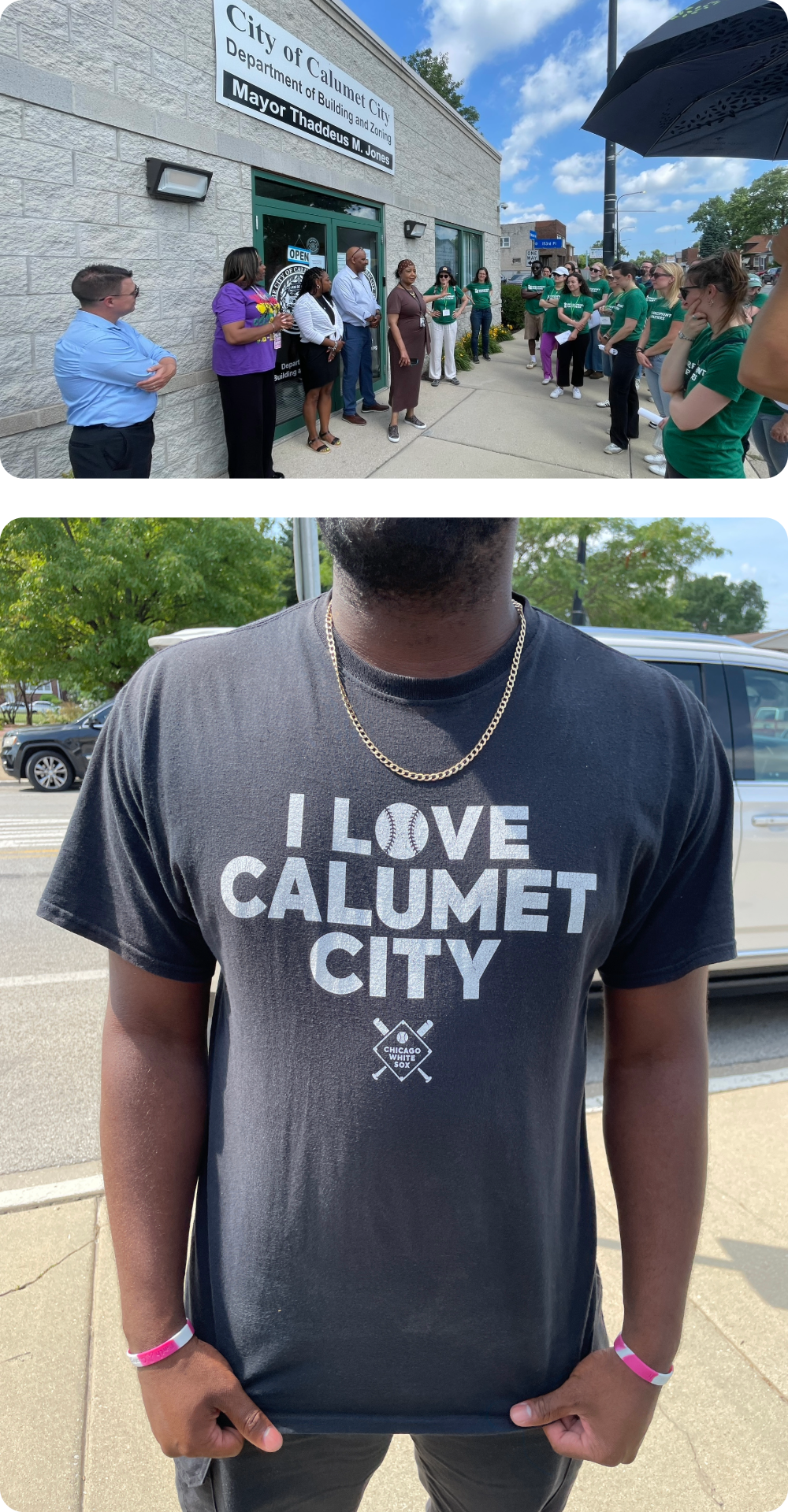

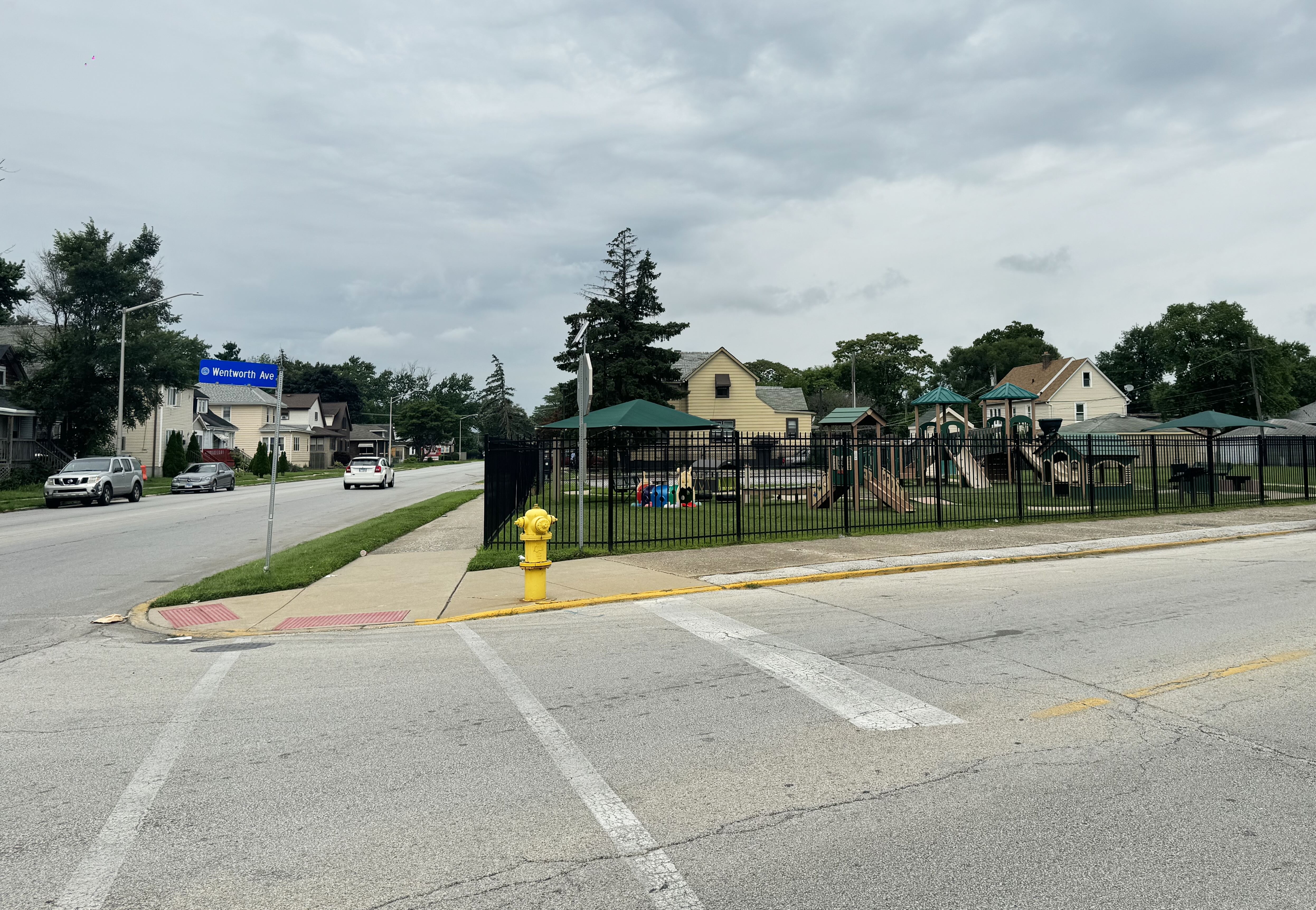
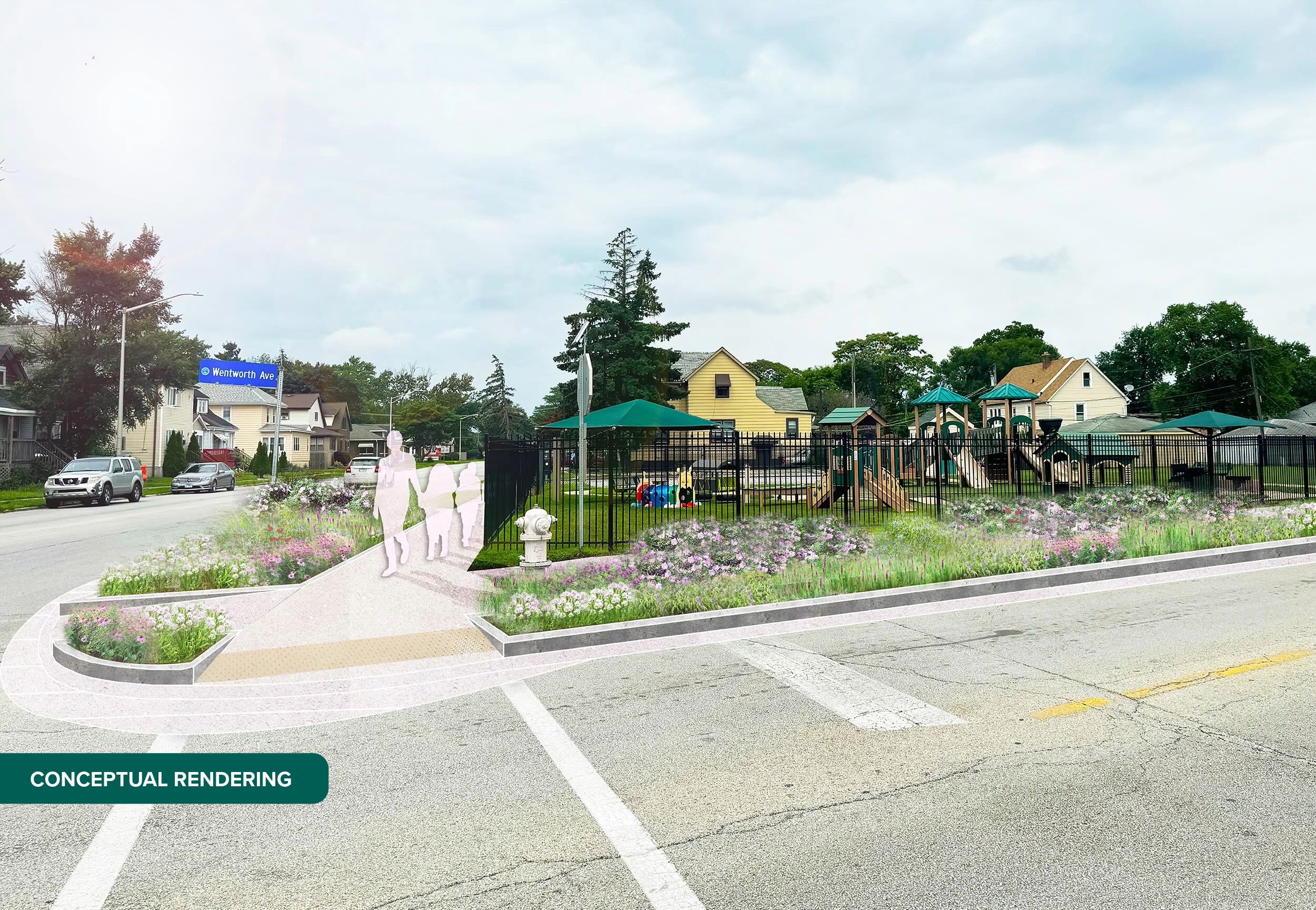
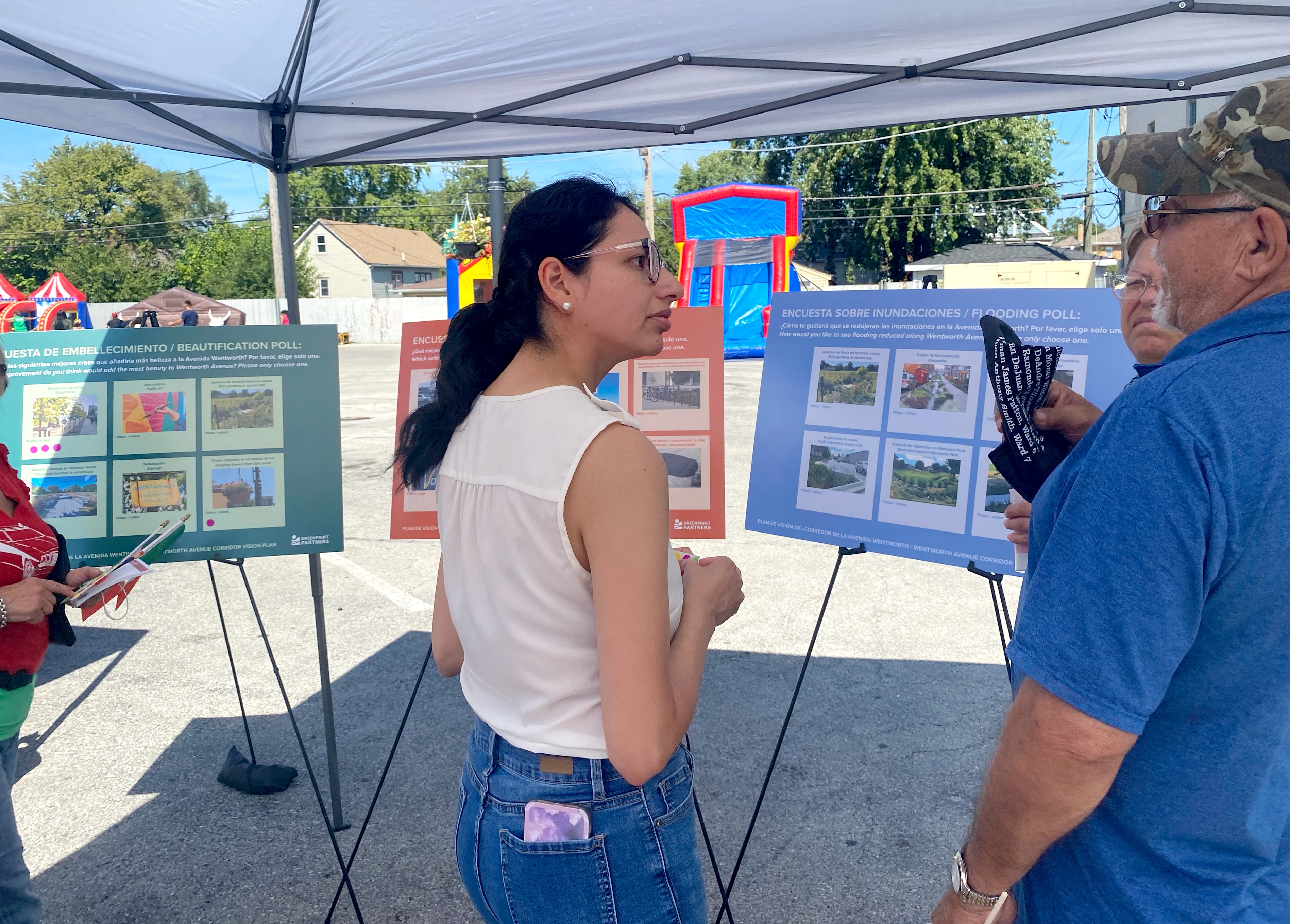
.jpg)


